Here’s the scoop on which fats we should include in kids meals, why they matter, and how to incorporate them throughout the day.
Healthy Fat Foods
Serving healthy fat foods to kids is vital for their growth and development, according to the American Academy of Pediatrics (AAP)—especially for those age two and under. Read on to learn more about good fats, where to find them, and kid-friendly ways to serve them.
According to the AAP, adding more foods with beneficial fats to your family’s food can help provide nutrients to help with growth and brain development.
Generally speaking, they say that the key with fats is to focus on the ones found naturally in foods like nuts, seeds, plants, fish, and grass-fed meats.
This follows my general approach to feeding: Surround your family with more fresh, whole foods, and less packaged snack foods ones when possible, but allow all foods in moderation.
It can help to think of this in terms of simply adding foods to the mix of what we already eat.
It’s all about proportions.
Why do kids need healthy fats?
All toddlers, not just the ones who are lower on the growth curve, need fat in their diet to help them grow, according to the AAP. In fact, they say that these fats should make up half of a baby and toddler’s daily calories until the age of two for proper brain and body development.
But like all things with feeding toddlers, this can get tricky if (ahem…when) your little one has strong opinions about what they eat! And, of course, it’s also too easy for us parents to obsess about whether our kids are getting the nutrients they need.
Types of Fat
There are three main types of fats that you’ll see listed on food packages. Here’s what each is:
1. Unsaturated Fat
From the Harvard School of Public Health: “Unsaturated fats, which are liquid at room temperature, are considered beneficial fats because they can improve blood cholesterol levels, ease inflammation, stabilize heart rhythms, and play a number of other beneficial roles.
Unsaturated fats are predominantly found in foods from plants, such as vegetable oils, nuts, and seeds.” Eating these unsaturated fats has been shown to lower heart disease risk and increase protective HDL cholesterol.
- Monounsaturated fats are found in olive, peanut, and canola oils, avocados, nuts such as almonds, hazelnuts, and pecans and seeds including pumpkin and sesame seeds.
- Polyunsaturated fats are found in sunflower, corn, soybean, and flaxseed oils, walnuts, flaxseeds, fish, and canola oil (which also has monounsaturated fats).
2. Saturated Fat
All foods that have fat have a mix of types, so even the healthier ones mentioned above can have some saturated fats. That said, saturated fat is mainly found in animal foods, but you’ll also find it in plant foods like coconut, palm oil, and palm kernel oil.
3. Trans Fat
Trans fatty acids, or trans fats, are made by heating liquid vegetable oils in a process called hydrogenation. This process helps oils be shelf stable longer and withstand heat repeatedly (which is why it’s often used for frying in restaurants). You’ll see it on labels as “partially hydrogenated” oil.
Trans fats have been shown to raise the more harmful type of cholesterol and lower the good kind, cause inflammation and increase the risk for heart disease. (Read more here.)
What are good fats?
The “good” ones are the monounsaturated and polyunsaturated fats, so you’ll want more of those in your diet proportionally than saturated or trans fat.
Beyond that, I like to focus on actual foods, rather than tunnel-visioning on macronutrients, since it’s much easier to wrap my head around what to buy at the store.
I don’t have to remember the difference between omega 3 and omega 6 fatty acids, or what ALA means, this way, I just remember to regularly offer foods like avocado, hemp seeds, and wild salmon.
Omega Fatty Acids
Omega-3 fats are a type of polyunsaturated fats that we must get from food. A good way to get enough of these is to aim to eat fish 2-3 times per week, and/or to incorporate flaxseed, walnuts, and canola or soybean oil.
We add ground flaxseed to oatmeal and muffins, crush walnuts and add them on top of pasta and salads (for the adults anyway!), and try fish all sorts of ways to see what the kids might like.
Fats help our bodies absorb nutrients like Vitamins A, D, E, and K.
They can also make food taste better, which can help the kids actually eat it, and keep us full longer with more balanced energy.
Good Sources of Fats
To easily include these healthy fats in your diet, aim to incorporate nuts, seeds, avocado, wild fish, and grass-fed meats and dairy.
You may see milk that’s been fortified with healthy fats at the store, particularly from brands like Horizon. If you feel like you aren’t easily adding other source of fats to your kids diets, this can be an option.
What if our pediatrician says my toddler needs to gain weight?
If that happens the first thing I’d check is whether your child is on their own growth curve.
If your little one has always been in the 5% percentile for weight and haven’t suddenly dropped off their curve, they might be growing exactly how they are meant to.
And if they eat and drink well, have lots of energy, and your gut tells you that they’re genetics are at play with their body type—maybe they look exactly like you did as a child—then I personally wouldn’t go too far off the ledge with adding extra fats into all of their food.
Talk to your doctor about your specific concerns if this is a situation you find yourself in. And remember that the growth curve goes from 0-100, and kids that fall anywhere on that curve can be healthy.
TIP: Learn more about foods to help kids gain weight.
Foods High in Good Fat
Here’s a list of foods that are higher in beneficial fats that you can start to try to include in your family’s diet, if you aren’t already.
- Almond butter
- Avocado
- Avocado oil
- Beef (grass-fed if possible)
- Butter
- Cashew butter
- Cheese (shredded, sliced, cheese sticks)
- Chia seeds
- Chicken, dark meat
- Coconut, unsweetened shredded
- Coconut milk
- Coconut cream
- Coconut oil
- Cottage cheese, 4% fat
- Eggs
- Flaxseeds, ground
- Hemp seeds
- Kefir, full fat
- Lamb
- Milk, whole
- Olive oil
- Peanut butter
- Sesame oil
- Sunflower seeds
- Sunflower seed butter
- Yogurt, full-fat plain
- Walnuts
- Wild salmon, fresh, frozen or canned
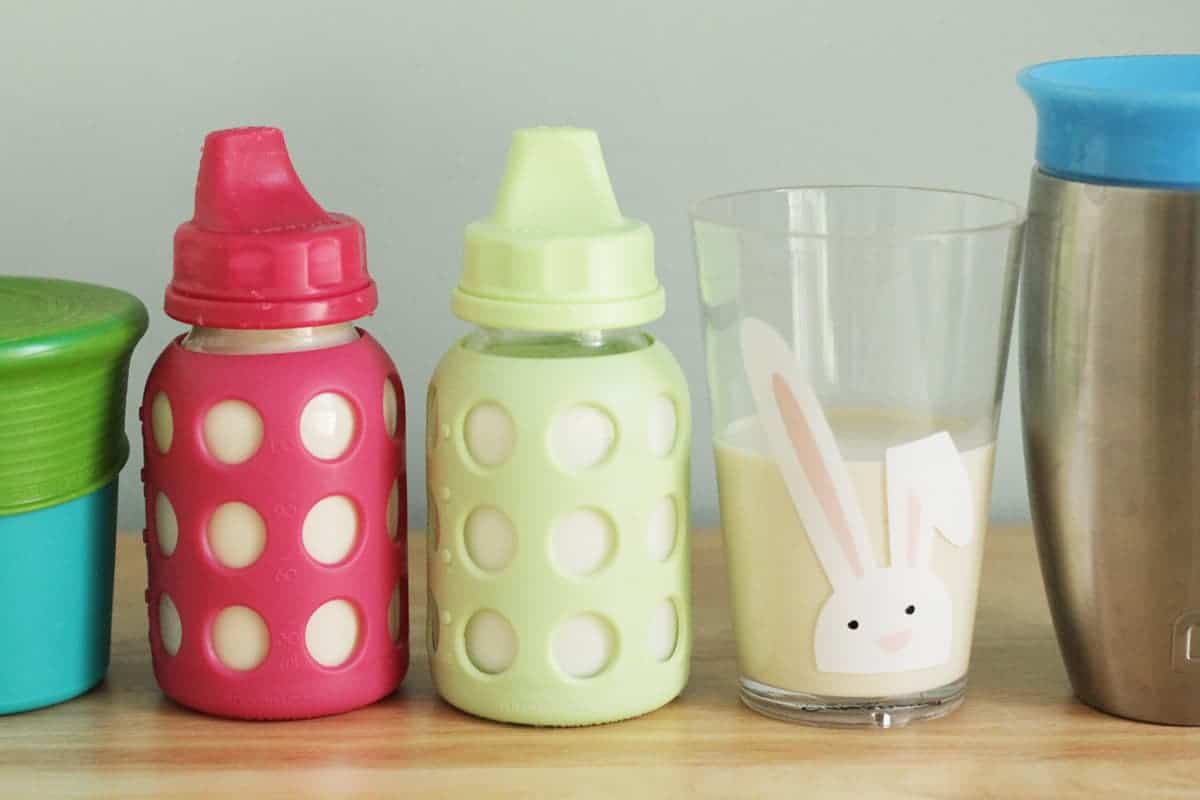
Should I switch to low-fat milk after my child turns two?
Schools and many pediatricians still recommend switching to low-fat or fat-free milk after a child turns two, but you may not want to do that. A 2016 study found that kids who drank milk with higher fat content had higher levels of Vitamin D and lower BMIs.
This explanation from statistician and author Emily Oster is a helpful read too:
Increasingly, the correlational evidence suggests that kids who drink whole milk are actually less likely to be overweight than those who drink reduced fat. A 2020 meta-analysis of 28 studies found that 10 of them saw no association between milk fat percentage and childhood weight, and the other 18 found children who drank higher fat milk had lower weight. Averaging together, the risk of being overweight was reduced by 40% with whole milk.
Just something to keep in mind…in addition to whole milk tasting better (in my opinion anyway!).
How much healthy fat should my child eat?
I aim to include a source of beneficial fat at most meals and snacks. So we serve dairy, meat, and fish regularly, and then I garnish foods with some of the other foods on the good fat list above.
So I add hemp seeds or avocado to smoothies, stir almond butter into oatmeal, add coconut milk to roasted sweet potatoes, add cheese to veggies, roast vegetables in olive oil, and more.
Of course, you don’t need to stock all of these foods in your house at once and there will be days when your toddler only wants the peanut butter or cheese or yogurt and that too is okay.
TIP: Try to keep the bigger picture in mind and think of their intake over the course of a week, rather than bite-by-bite. Buy different foods at the store from week to week, like chia seeds one week and sunflower seeds the next, to easily add in some variation.

Recipes to Try
Here are some recipes that I particularly love that include healthy fats.
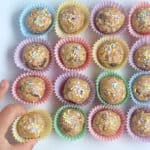
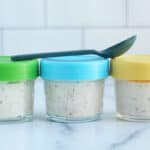
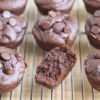
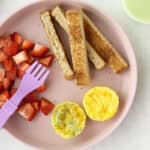
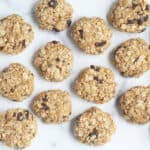
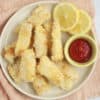
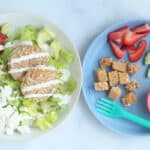
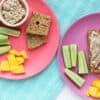

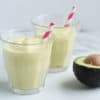
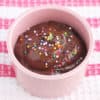

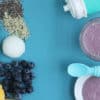
You May Also Like
- How to Eat Hemp Seeds
- How to Serve Nuts to Babies and Toddlers
- 16 Shortcut Toddler Meals
- How to Help Toddlers with Texture Aversions
Related Recipes
This is not meant to be a substitute for medical advice. Always contact your pediatrician as needed.
This post was first published February 2018.

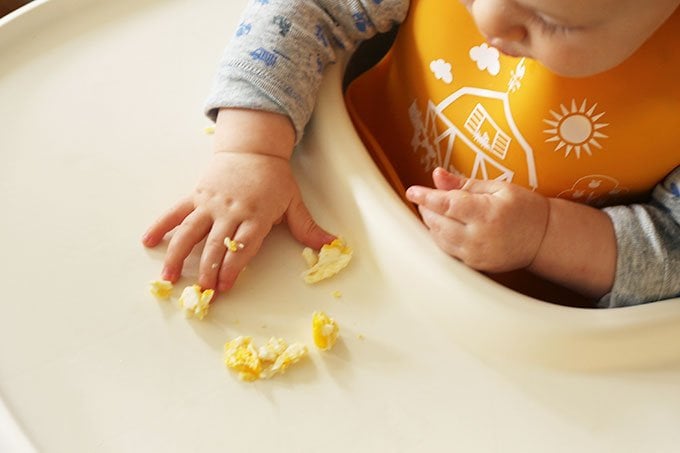
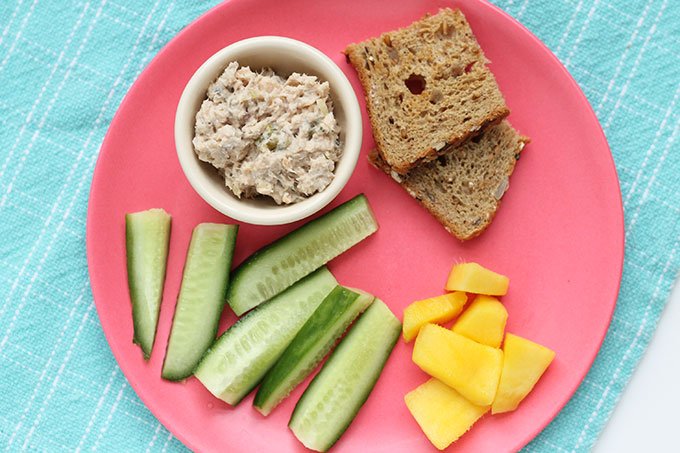
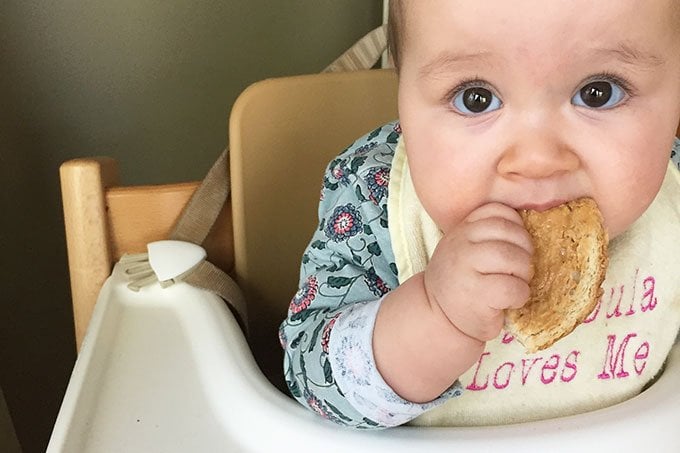
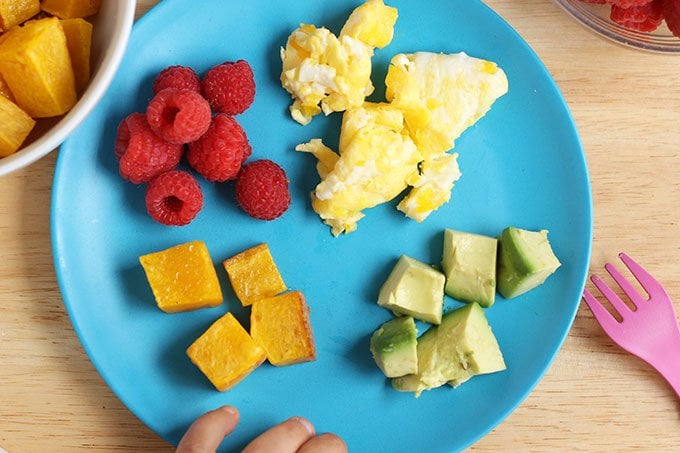
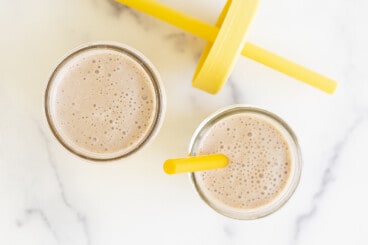
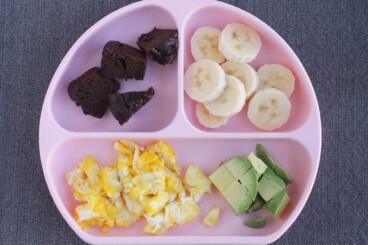
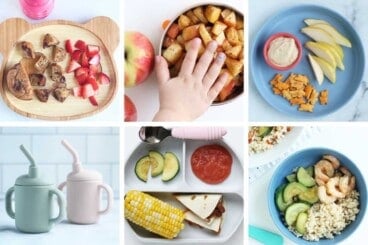
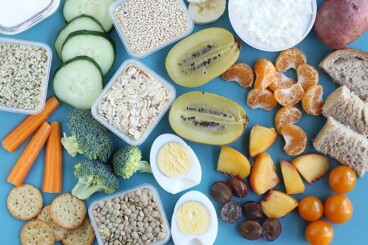
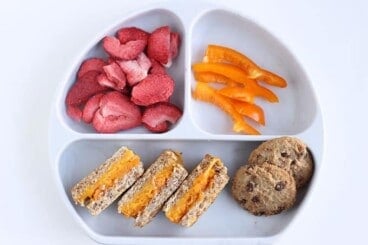
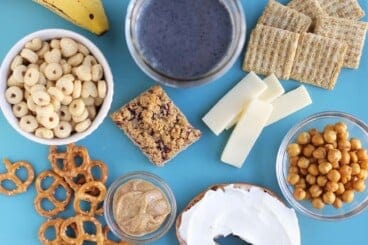
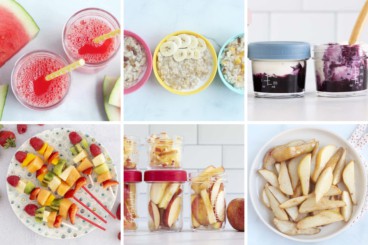
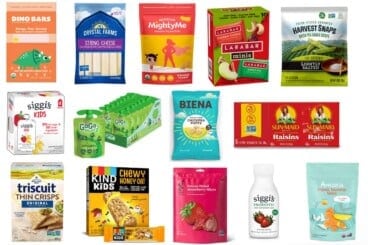
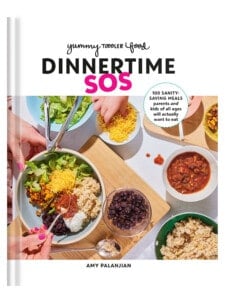
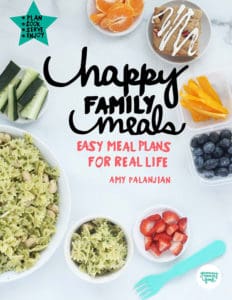










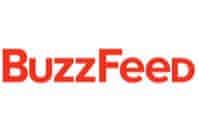


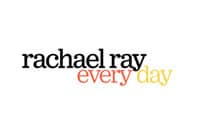



Nice
As specialists in newborns, infants, and toddlers, all the way up through young adults, I would argue that the vast, vast majority of Pediatricians are not going to tell you to ‘fatten up’ your toddler. In fact, those words conjure images of Hansel and Gretel rather that being the ideal way to describe the need for more calories, a more diverse diet, or the problem of Failure to Thrive! However, some kids really do have significant food preferences that effect their overall nutrition. One example is the toddler who only wants to breastfeed and eat yogurt and bananas as soon as the painful throat of Hand, Foot, Mouth set in. Sometimes these kids never go back to the nutritious diet they ate before, no matter what parents do!
As a pediatrician myself, I would say argue are well trained in what is normal and how to evaluate growth curves. I find it way more common that we wait and follow them more closely rather than ever suggest a parent offers significantly more calories, especially pure fat calories. I have seen several patients after their WIC counselor or Family Physician made this recommendation, and usually they are right on the money. In 15 years, I have NEVER seen a child for a second opinion after their pediatrician counseled more calories or fat calories who was not truly underweight or malnourished. We REALLY want to help your child avoid overweight as much as possible!
However, the problem of thinking a child is underweight when they are not is more pervasive in our culture and anyone (including a pediatrician) is capable of making this mistake. According to studies, we (parents, grandparents, child care providers, teachers, and physicians) are all more and more likely to think that normal children are underweight because of the pervasive problem of overweight changing our perspective.
I absolutely agree with you that if a parent is concerned about their child’s weight for any reason (comments from strangers, grandmother’s constant desire to feed the child more, picky diet, etc.), the parent should see the physician, and ask as many questions as they can think of to get a better handle on the situation! Don’t forget about second opinions!
This is a great article, overall, and I am happy to find this good resource with common sense infused for parents. As well as healthy suggestions! I love the grass-fed beef, salmon cakes, nut and seed butters, olive oil roasted veggies ideas. And I can’t wait to try kefir-mango pops for my own littles. You are right that there is a lot of conflicting data out there about whole milk. Based on studies and expert opinions, however, it is still advised that the majority of 2 year olds cut down their fat intake overall (and cutting down whole milk to skim is a reasonable way). For the last ten years it has also been advised that some children (with certain family history or their own individual risk of overweight) go down to 2% from 12 to 24 months since most kids are getting too much fat in their diet overall.
I will be recommending your site! Thanks for your hard work.
Thank you so much for chiming in Heather, I really appreciate hearing your take on this topic!
My granddaughter the Dr said more Protein and fat. She too skinny and she eats all day